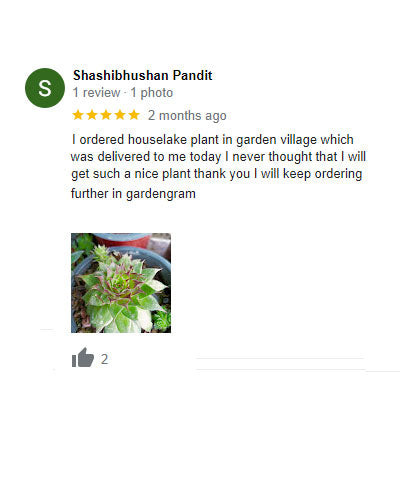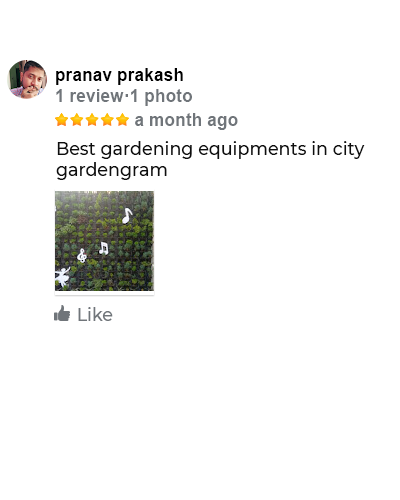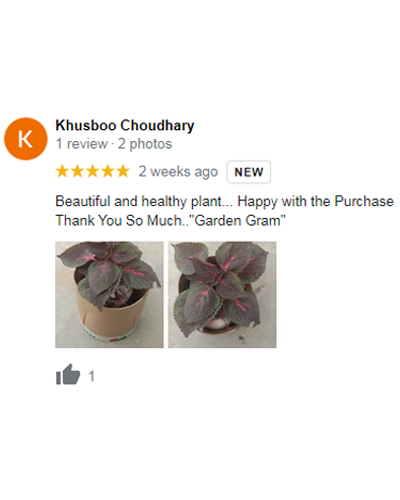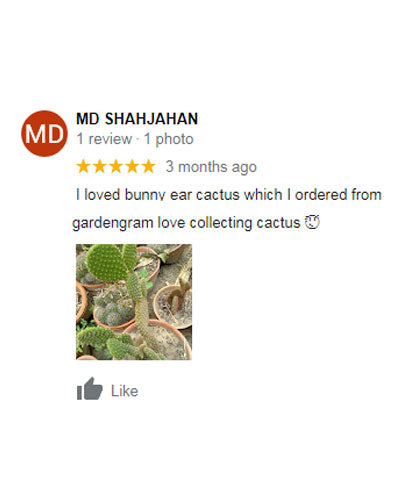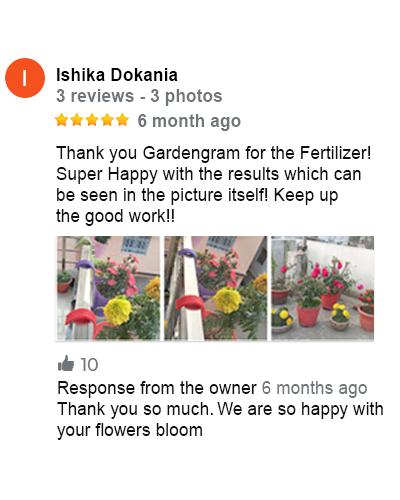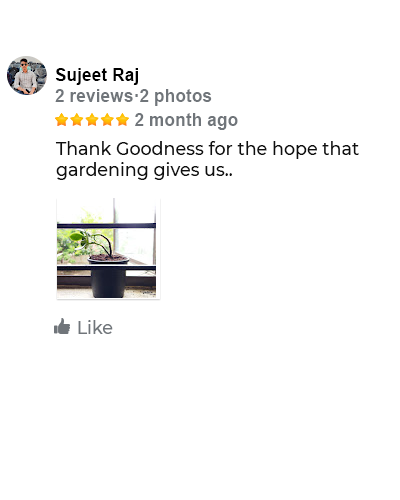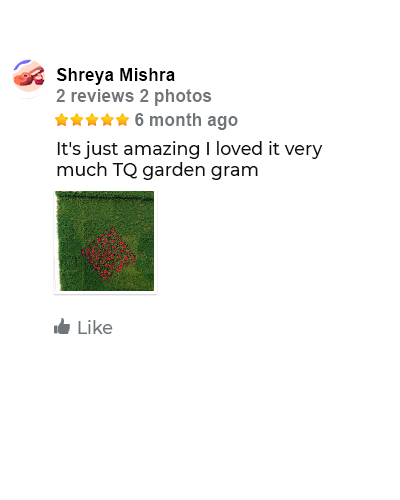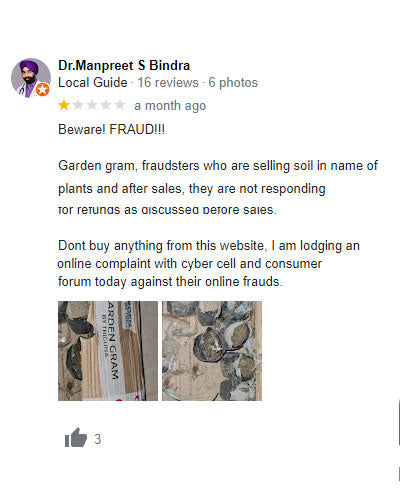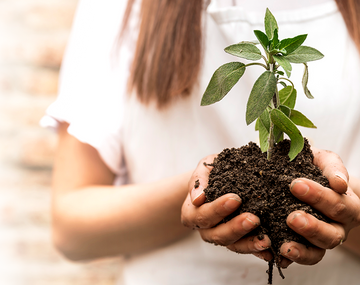A Guide to Creating a Low-Maintenance Outdoor Garden
Hello readers! Welcome to our guide on creating a low-maintenance outdoor garden, where we'll explore how to design and maintain a beautiful outdoor space with minimal effort. Whether you're a seasoned gardener or just starting out, the appeal of a low-maintenance garden is undeniable.
But what exactly makes a garden low-maintenance, and why should you consider creating one? First things first, let's talk about what it means to have a low-maintenance garden. Simply put, it's all about designing a garden that requires minimal time, effort, and resources to keep it looking its best. Think of it as creating a "set-it-and-forget-it" outdoor space where you can enjoy the beauty of nature without feeling overwhelmed by the maintenance tasks.
Now, you might be wondering, what are the benefits of opting for a low-maintenance garden? Well, the perks are plenty! From saving time and money on upkeep to promoting sustainability and supporting local wildlife, low-maintenance gardens offer a host of advantages for both you and the environment.
⇝ Choosing the Right Plants
Selecting Native Plants: The Foundation of a Low-Maintenance Garden
Imagine your garden as a bustling community where everyone speaks the same language and shares similar habits. Native plants are like the local residents who are perfectly adapted to the climate, soil, and wildlife of your area. They require less pampering because they're already in their element, making them the foundation of a low-maintenance garden.
Some popular native plants of India include:
Tulsi (Holy Basil): Known for its medicinal properties and sacred significance in Hindu culture, Tulsi is a hardy and low-maintenance herb that thrives in India's warm climate.
Neem Tree: With its drought-resistant nature and versatile uses in traditional medicine and pest control, the Neem tree is a valuable addition to any low-maintenance garden in India.
Marigold: This vibrant and easy-to-grow flower is a staple in Indian gardens, adding a burst of color while requiring minimal care.
Drought-Tolerant Beauties: Plants That Thrive with Minimal Watering

Think of drought-tolerant plants as the survivors of the plant world. They're tough and resilient, able to withstand periods of dry weather without wilting or demanding constant hydration. By choosing these water-wise beauties, you can reduce your watering chores while still enjoying a vibrant and colorful garden.
Some drought-tolerant beauties for Indian gardens include:
Bougainvillea: Known for its stunning and drought-tolerant blooms, Bougainvillea adds a splash of color to Indian landscapes with minimal water requirements.
Succulents (e.g., Aloe Vera, Jade Plant): These water-storing plants thrive in India's arid regions, making them ideal choices for low-maintenance gardens.
Agave: With its striking architectural form and ability to thrive in hot and dry conditions, Agave is a low-maintenance choice for Indian gardens.
Perennials for Year-Round Charm: Effortless Beauty in Every Season
Perennials are like the reliable friends who stick around year after year, bringing joy and beauty to your garden with minimal effort. Unlike annuals that need to be replanted every year, perennials come back season after season, providing constant color and interest without the hassle of replanting. With a diverse selection of perennials, you can enjoy effortless beauty in every season of the year.
Some perennials for year-round charm in Indian gardens include:
Hibiscus: Known for its vibrant and showy flowers, Hibiscus is a popular perennial in India that blooms throughout the year, adding beauty to any garden landscape.
Brahma Kamal (Queen of the Night): This rare and exotic flower blooms only at night and is considered sacred in Indian culture. With proper care, Brahma Kamal can grace your garden with its enchanting beauty year after year.
Bougainvillea: In addition to being drought-tolerant, Bougainvillea is also a perennial plant that provides continuous blooms, making it a versatile choice for Indian gardens.
By understanding these simple principles and choosing the right plants for your low-maintenance outdoor garden, you can create a beautiful and thriving oasis with minimal effort.
⇝ Designing for Simplicity: Creating a Garden That's Easy to Manage

When it comes to designing your outdoor garden, simplicity is your best friend. It's all about making choices that look great but also don't require a ton of effort to maintain. Here's how you can do it:
Keep It Simple: Think about the overall look you want for your garden. Instead of cramming in tons of different plants and features, focus on a few key elements that will make a big impact. This not only makes your garden easier to take care of but also creates a more cohesive and visually appealing space.
Practical Pathways: One of the easiest ways to keep your garden low-maintenance is to plan out practical pathways. These pathways not only make it easier for you to move around and tend to your plants but also prevent you from trampling on delicate flowers or plants. Choose durable materials like gravel or paving stones that require minimal upkeep.
Container Gardening: If you're short on space or want to keep things really simple, consider container gardening. This involves planting your flowers, herbs, or vegetables in pots or containers instead of directly in the ground. Not only does this make it easier to control things like soil quality and water levels, but it also allows you to move your plants around as needed for sun or shade.
⇝ Weeding and Pest Control Strategies
Weeding and pest control are important aspects of maintaining a healthy garden without using harmful chemicals. Here are some simple yet effective strategies to keep your garden free of unwanted plants and pests:
Mulching:
Mulching involves covering the soil around your plants with a layer of organic material like wood chips, straw, or shredded leaves. This not only helps to suppress weeds by blocking out sunlight, but it also retains moisture in the soil, reducing the need for frequent watering. Plus, as the mulch breaks down, it adds valuable nutrients to the soil, promoting healthy plant growth.
Companion Planting:
Companion planting is like pairing up plants that get along well together. Certain plants naturally repel pests or attract beneficial insects that prey on garden pests. For example, planting marigolds near your vegetables can help deter nematodes, while basil can keep mosquitoes at bay. By strategically planting compatible species, you can create a natural defense system for your garden.
Handpicking:
Sometimes, the simplest solutions are the most effective. Handpicking involves physically removing pests like caterpillars, beetles, or snails from your plants. This method is especially useful for larger pests that may not be easily controlled with other methods. Just be sure to wear gloves and dispose of pests away from your garden to prevent them from coming back.
Natural Repellents:
There are many natural substances that pests find unappealing, such as garlic, chili peppers, or neem oil. You can create homemade sprays or powders using these ingredients to deter pests from your plants. For example, a mixture of water and crushed garlic sprayed on your plants can help keep aphids and other soft-bodied insects away.
Beneficial Insects:
Introducing beneficial insects like ladybugs, lacewings, or praying mantises into your garden can help control pest populations naturally. These insects feed on common garden pests like aphids, caterpillars, and mites, reducing the need for chemical pesticides. You can attract beneficial insects to your garden by planting flowers that they are attracted to or purchasing them from garden centers.
Gardengram's Dr. Health Plant Fertilizer:
In addition to these natural pest control methods, you can also use Gardengram's Dr. Health Plant Fertilizer enriched with Nitrogen, Phosphorus, and Potassium (NPK 10:10:10). Dr. Health boosts healthy growth in plants, increasing foliage and improving its quality. It activates enzymes and increases the size of flowering and the number of buds in flowers. Easy to use and applicable to plants of all kinds, the recommended dosage is 10-15 grams per plant for healthy growth every 15 days. This super food also contains copper, iron, and carbon essential for overall plant development, increasing their immunity and resistance to pests. Best of all, it's 100% natural, providing a safe and effective solution for your garden's health.
⇝ Maintenance Tips for Easy Care
Keeping your outdoor garden looking its best doesn't have to be a chore. With these simple tips, you can ensure your garden stays healthy and beautiful with minimal effort.
Regular Pruning: Trimming for Health
Just like getting a haircut keeps your hair healthy, regular pruning keeps your plants happy. Trim off dead or overgrown branches to promote healthy growth and prevent disease. It's like giving your plants a little spa treatment!
Soil Health: Feeding Your Garden
Think of soil as the buffet for your plants. Keep it healthy by adding compost or organic fertilizer to provide essential nutrients. Healthy soil means happy plants, and happy plants mean less work for you! Check out our collection!
Seasonal Maintenance Checklist: Easy Peasy
Create a simple checklist to stay on top of seasonal tasks. Things like weeding, mulching, and checking for pests are easier to tackle when you break them down into smaller tasks. It's like having a to-do list for your garden!
⇝ Frequently Asked Questions/ FAQs
. 1. What is the most low-maintenance outdoor plant?
The most low-maintenance outdoor plants are typically native species that are well-adapted to the local climate and soil conditions. Some popular options include succulents, such as cacti and jade plants, which require minimal watering and care. Other low-maintenance outdoor plants include ornamental grasses, lavender, and yarrow.
2. What is the easiest plant to grow outside?
The easiest plants to grow outside are often those that are resilient, adaptable, and require minimal care. Some easy-to-grow outdoor plants include herbs like mint, basil, and rosemary, which thrive in a variety of conditions and can be grown in containers or garden beds. Other easy-to-grow options include marigolds, zinnias, and sunflowers, which are known for their hardiness and vibrant blooms.
3. How do you set up an outdoor garden?
Setting up an outdoor garden involves several steps, including choosing a location with adequate sunlight, preparing the soil by amending it with compost or other organic matter, selecting plants that are suitable for the local climate and soil conditions, and planting them according to spacing and depth requirements. Additionally, incorporating pathways, irrigation systems, and decorative elements can enhance the overall design and functionality of the garden.
4. What is the easiest outdoor plant to keep alive?
The easiest outdoor plant to keep alive depends on factors such as climate, soil conditions, and available sunlight. However, some plants are generally considered to be low-maintenance and resilient, making them easier to care for than others. Succulents, such as aloe vera and snake plants, are known for their ability to thrive with minimal water and attention, making them ideal for beginner gardeners. Other easy-to-care-for outdoor plants include spider plants, pothos, and peace lilies, which are tolerant of a variety of conditions and can adapt to different environments.
Creating a low-maintenance outdoor garden is all about finding the right balance between beauty and ease. By following the tips and strategies outlined in this guide, you can enjoy a stunning garden without the stress of constant upkeep.Gardening shouldn't feel like a chore – it should be a source of joy and tranquility. By embracing the principles of low-maintenance gardening, you can spend less time fussing over your garden and more time savoring its beauty.
So go ahead, celebrate your low-maintenance outdoor paradise and revel in the joy of effortless gardening. With a little planning and creativity, you can create a garden that brings you happiness and serenity for years to come.







